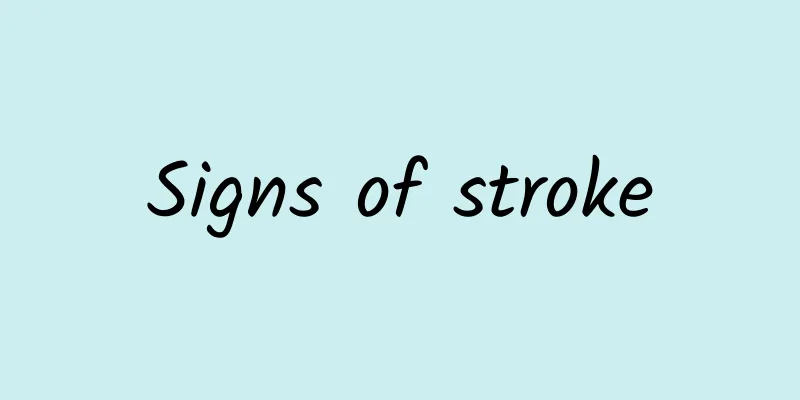Analysis of symptoms of acute tracheitis

|
Patients with acute tracheitis may experience symptoms such as cough, shortness of breath, and excessive sputum. For patients with acute bronchitis, their daily diet must be good and they cannot eat too salty food, so a light diet is better. The symptoms of acute tracheitis are more obvious at night. Learn more. 1. Acute symptoms: The onset is rapid, and the systemic symptoms are usually mild, with possible fever. Initially, it is a dry cough or a small amount of mucus sputum, then the amount of sputum increases, the cough becomes more severe, and occasionally accompanied by blood in sputum. Coughing and expectoration can last for 2-3 weeks. If it is not cured, it may develop into chronic bronchitis. When accompanied by bronchospasm, varying degrees of chest tightness and shortness of breath may occur. 2. Symptoms of upper respiratory tract infection: The onset of the disease often begins with symptoms of upper respiratory tract infection, such as nasal congestion, runny nose, sore throat, and hoarseness. Systemic symptoms include fever, mild chills, headache, body aches, etc., which generally subside within 3 to 5 days. 3. Irritating dry cough: It usually starts as an irritating dry cough. As the catarrhal symptoms ease, the cough gradually becomes more obvious and becomes a prominent symptom. The cough worsens when catching cold, inhaling cold air, getting up in the morning, changing sleeping position, or after physical activity. Cough symptoms usually last for 1 to 3 weeks, and may last longer for smokers. If it is a pertussis infection, the cough symptoms often last for more than 3 weeks, usually up to 4 to 6 weeks. More than half of the cases may be accompanied by coughing up sputum, which is often mucous sputum at the beginning, and some patients may develop purulent sputum as the disease progresses. Acute tracheobronchitis is an acute inflammation of the tracheobronchial mucosa caused by biological, physical, chemical stimulation or allergic factors. Most of the cases are sporadic and do not tend to be epidemic. The elderly and the weak are more susceptible. The main clinical symptoms are cough and sputum. It often occurs in cold seasons or when the climate changes suddenly. It can also be caused by prolonged acute upper respiratory tract infection. |
<<: Traditional Chinese medicine treats spondylitis, and dialectical treatment has good results
>>: What is the difference between raw licorice and licorice
Recommend
Toe numbness
With the continuous improvement of modernization,...
What to do if blood viscosity is high?
Blood is one of the most important substances in ...
The difference between depression and menopause
Depression and menopause have completely differen...
Can Astragalus be used to make tea?
There are many types of Astragalus, more than 2,0...
Treatment and nursing of hepatic ascites
Ascites means that there is some water accumulati...
How to treat hemorrhoids with saltpeter and Sophora japonica
Many people have hemorrhoids, which is largely re...
Why do my eyes turn black when I wake up?
I don’t know if you have ever encountered this si...
Skin whitening tips: Whitening skin care starts with details
Whitening the skin is something that many girls w...
What to do if a long-term bedridden patient has constipation
Long-term bed rest will lead to a decline in moto...
What causes polycystic ovary syndrome?
Polycystic ovary is a relatively common female en...
How to quickly relieve fever and headache?
As soon as autumn comes, the weather starts to be...
Acupuncture points for regulating menstruation
Every woman's physical condition is different...
Dosage of Amoxicillin Capsules
We should all have taken amoxicillin capsules in ...
What should I do if I have uterine fibroids? How to treat uterine fibroids?
Uterine fibroids are common benign tumors that gr...
Contraindications and precautions of Yangxin Anshen Pills
Nourishing the heart and calming the mind is bene...









